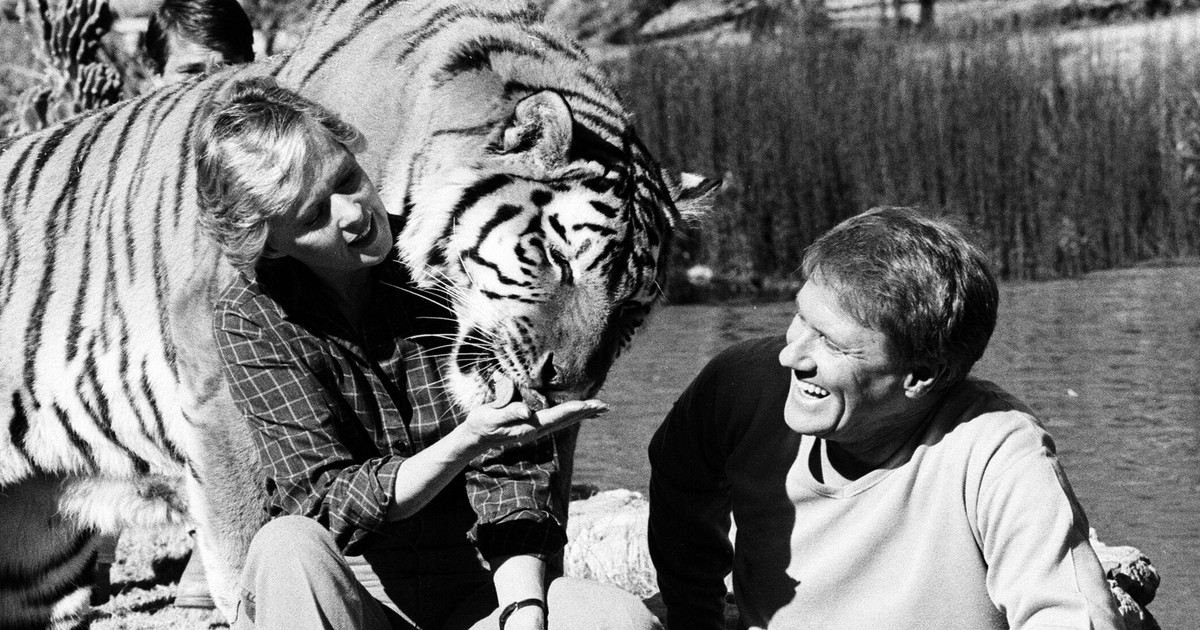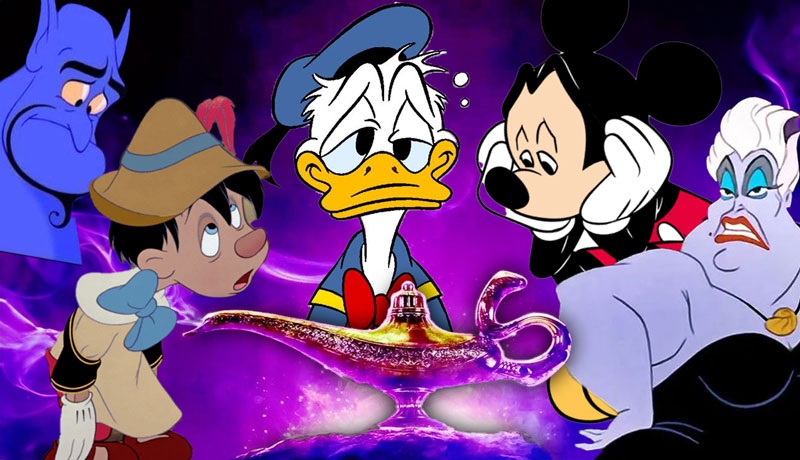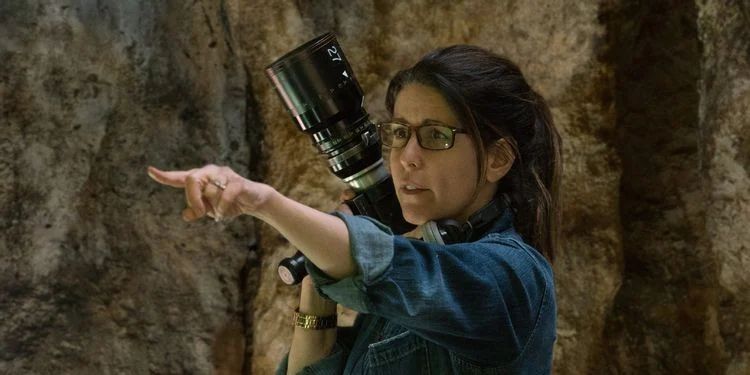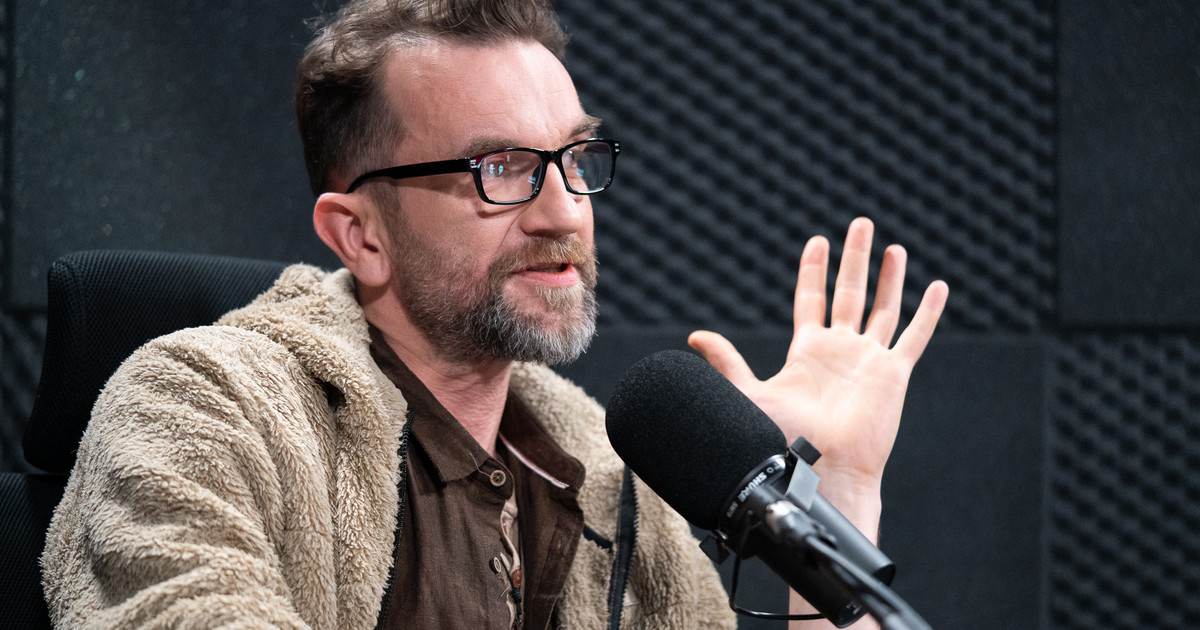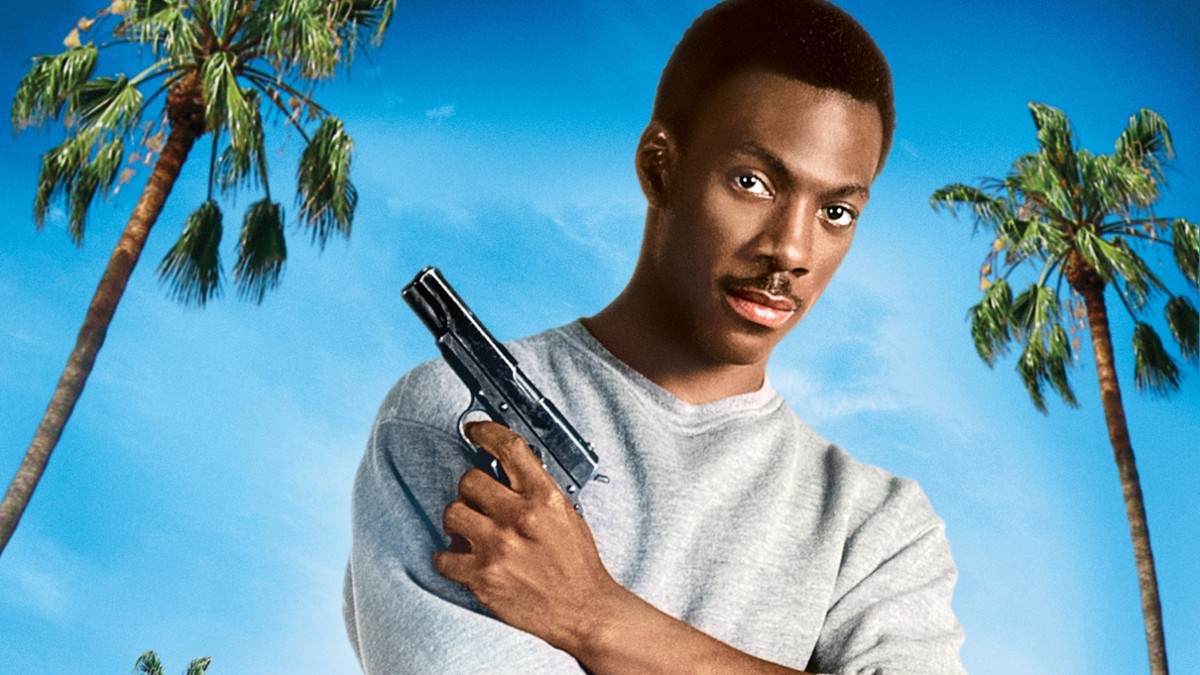- The idea for the film “Roar” was born in South Africa in 1969. Tippi Hedren not only came up with the idea, but was also a co-producer and guardian of some of the “stars”.
- A film crew of 100 people worked on “Ryk”, and up to 150 big cats appeared on the set, as a result of which not only the actors were injured
- Work on the film continued for more than 10 years, but was interrupted due to financial problems, injuries, and a flood
- The film was a financial failure and destroyed Hedren's marriage. After filming it, the actress created a sanctuary for big cats
- You can find more such stories on the Onet homepage
Hedren and her husband Noel Marshall (producer of “The Exorcist”) came up with the idea to make a film with big cats in 1969 while filming “Devil's Harvest” in Africa. One day, while driving, they came across an abandoned property where a pride of lions was residing. “It was amazing,” the actress later recalled in an interview with the weekly magazine “Parade”. “The lions were sitting in the windows, on the balcony, on the roof, coming in and out of the doors. We'd never seen anything like this before, and we thought: Let's make a movie where the big cats are the strongest.” The stars,” she said.
After returning from Africa, Marshall wrote a screenplay called Black, Black and More Black. Later renamed 'Ryk' (originally 'Roar') — Ed.) The film was an adventure comedy about Hank, an American naturalist who studies the behavior of big cats in Tanzania. When his family comes to visit him, they are horrified to discover that the house where Hank lives is infested by wild cats.
Marshall directed himself. He and Hedren also played the lead roles. No film company was involved in “Roar.” — It was 100 percent. Design this couple.
They convinced their children to appear with them in the film
The first problem they faced during pre-production was the unavailability of lions in Los Angeles. Although they both spoke to several wild cat trainers, no one wanted to lend them up to 40 individuals for fear the animals would fight each other and pose a threat to humans. Then one of the trainers told them that they had to live with the lions if they wanted to know anything about them.
It started with a lion cub named Neil, whom Hedren and Marshall brought home in 1971. Neil would sleep in everyone's beds, walk on tables, sit by the pool and pose with the whole family for a photo shoot for Life magazine. More cats (and other animals) rescued from circuses, private zoos, and amusement parks appeared on the property.
Eventually, the neighbors started complaining about the animals, so Hedren and Marshall decided to move from Los Angeles to a farm 25 miles away in Acton, where they eventually created the set and backdrop for “The Roar.” They built a small film studio, an elephant stable, animal pens, a hospital, and a giant meat cooler for the biggest “stars.” Filming began in 1974.
They recruited Hedren's daughter, Melanie Griffith, and Marshall's teenage sons from his first marriage, John, Jerry and Joel, to appear in the film. ““My father was a fool to do this to our family,” John Marshall said years later. ““This seemed like a great idea at first, but it turned out to be downright dangerous.” — He finished.
The blood and wounds were real
Since the film was shot in their home, the entire family lived in the company of 150 untrained animals: lions, tigers, leopards, mountain pumas, exotic birds and two elephants. They also had the option of adopting a hippopotamus at the farm, but considered the animal too dangerous.
Tippi Hedren broke her leg while filming a scene with Phil
The Marshalls and their children are accustomed to having wild animals in the house, because in Los Angeles they took care of rescued cats together. The situation changed when the camera started working. ““You can be around cats as long as you don't show fear.” — John Marshall said in a 2015 interview with the New York Post. “The problem is that the script asked us to show fear.” — He added. One of the lions bit him on the back of the head, requiring 50 stitches.
This was not the only accident that occurred on the set of the film “Rick”, as up to 70 people were injured. Melanie Griffith was bitten in the face and nearly lost an eye, and cinematographer Jan de Bont was nearly scalped by a lion. Noel Marshall was bitten several times and his wounds became gangrene. It took several years for him to fully recover.
Tippi Hedren herself was bitten on the neck, scratched several times, and had her leg broken when she was thrown from its back by an elephant. Years later she said:
No one died, but the Marshalls found it difficult to maintain a permanent staff. After Tojar, one of the biggest lions on set, bit the assistant director and tried to cut off his ear, 20 crew members left. Later, there were still isolated cases of infected filmmakers leaving their jobs and having their family members take over.
Hedren and Marshall with Jerry and Joel, 1982
John Marshall not only acted as an actor but also worked with animals. In addition, he was a mechanic, sound engineer, and camera operator. Injuries, fires, illnesses and deaths of 14 cats, plus a major flood in 1978 that destroyed the studio, set, equipment and animal pens – all of this delayed production for several months.
However, the most common reason for suspension is financial problems. The Marshall family had to sell one property and valuable souvenirs (including a fur coat that Hedren received from Alfred Hitchcock) to get money to pay off debts and feed the animals, which cost 4,000 Polish zlotys. slot. weekly. The cost of realizing their common dream amounted to 17 million US dollars. And it took a decade of my life.
Tippi Hedren and Melanie Griffith promoting the movie “Roar” in New York in 1982.
The film premiered in October 1981. It ran for a week in Australia and the United Kingdom… but not in the United States. The American distributors wanted the “lion's share” of the box office profits, which she and Marshall preferred to spend on the animals. According to Terry Albright, who worked on the film “The Roar,” Hedren and Marshall wanted to hide that they only hired workers who were not union members.
Tippi Hedren turned the collection into a sanctuary for cats
The film grossed only $2 million and turned out to be a financial flop, but it intrigued moviegoers for years. On April 17, 2015, thanks to distributor Drafhouse Films, the film was released again, promoted with the slogan: “No animals were harmed in the making of this film, but 70 crew members were” and with gory tales from the Marshall brothers and crew members. Ex. Griffith and Hedren distanced themselves from the distributor's promotional campaign and ideas.
At the same time, as the final blow was dealt to the group and the physically and mentally exhausted crew were leaving the farm at Acton, Hedren and Marshall's marriage was going through a serious crisis. In the end, the actress decided to separate. She divorced Marshall in 1983, shortly after the premiere of The Roar.
In the same year, she founded the “Roar Foundation.” She created a sanctuary for big cats on a former movie set, and many of the animal stars of “Ryk” found a home there. The sanctuary covers so large an area that the animals living there rarely have contact with their caretakers or visitors.
For nearly 40 years, the Hedren Foundation has rescued more than 230 animals from private farms, circuses and zoos. The actress adopted a lion that belonged to the founder of the Church of Satan, Anton Szandor LaVey, and two Bengal tigers from Michael Jackson's private zoo. Noel Marshall partly funded the Foundation's activities, but until his death in 2010, he no longer took a personal interest in the big cats. After “Ryk” he did not make any more films.

“Amateur social media maven. Pop cultureaholic. Troublemaker. Internet evangelist. Typical bacon ninja. Communicator. Zombie aficionado.”

